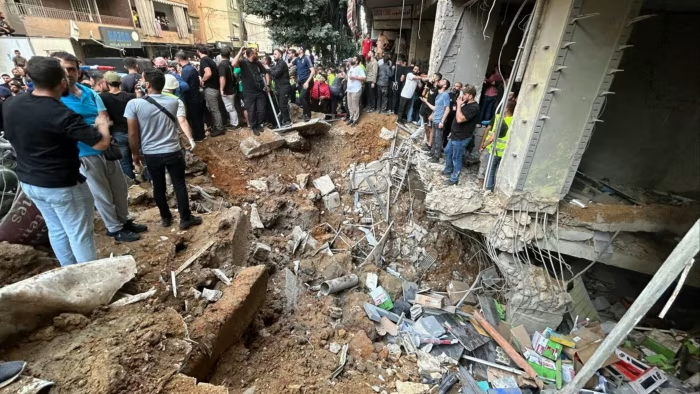Covert tactics employed to secure hostages’ release in high-stakes mission
In a daring and meticulously planned rescue operation, Israeli special forces reportedly donned disguises as Palestinian refugees seeking shelter to gain access to the buildings where hostages were being held captive. This covert tactic, revealed by two Israeli security sources to ABC News, allowed the elite units to position themselves strategically before the final assault was launched to secure the release of the hostages.
The hostage crisis, which had gripped the region and international community with concern, unfolded on October 7th when four individuals – Almog Meir Jan, 21; Noa Argamani, 25; Andrey Kozlov, 27; and Shlomi Ziv, 40 – were abducted from the Nova music festival in Israel. Their captors, whose identities and motives remain undisclosed, had held them under dire circumstances, escalating tensions and prompting swift action from Israeli authorities.
According to the sources, the special forces operatives had already infiltrated the vicinity of the buildings where the hostages were being held, blending seamlessly into the surroundings as Palestinian refugees purportedly seeking shelter. This strategic positioning allowed them to await the “go” command, which was issued on Saturday at 11 a.m. local time, setting the rescue operation into motion.
The operation, codenamed “Operation Arnon” by the Israeli military, was a collaborative effort involving the elite YAMAM unit, the Shin Bet internal security forces, and the Israel Defense Forces. The name “Arnon” was chosen to honor the sacrifice of the security officer who tragically lost his life during the high-stakes mission.
A tense and carefully orchestrated operation
As the operation unfolded, helicopters carrying the rescued hostages and wounded police officers began landing at Sheba Medical Center in Israel, with the first arriving at 12:15 p.m. local time and the last touching down at 12:45 p.m. The successful extrication of the hostages marked the culmination of a tense and carefully orchestrated operation, underscoring the complexity and precision required in such high-risk scenarios.
While the Israeli authorities have remained tight-lipped about the specific details of the operation, the revelation of the special forces’ disguise as Palestinian refugees seeking shelter sheds light on the intricate planning and daring tactics employed to secure the hostages’ release.
As the region grapples with the aftermath of this crisis, questions linger regarding the motivations behind the abduction and the identity of the perpetrators. However, the successful rescue operation stands as a testament to the unwavering commitment of Israeli security forces to protect their citizens and the lengths to which they are willing to go to ensure their safety.
The use of covert tactics and meticulous planning in this operation also highlights the evolving nature of modern-day security challenges, where adaptability, ingenuity, and precision are paramount in navigating complex and high-risk scenarios. As the dust settles, the international community will undoubtedly scrutinize the events that unfolded, seeking to learn valuable lessons and bolster preparedness for future crises of this magnitude.








